

REAL & IMAGIN ARY ALT AR

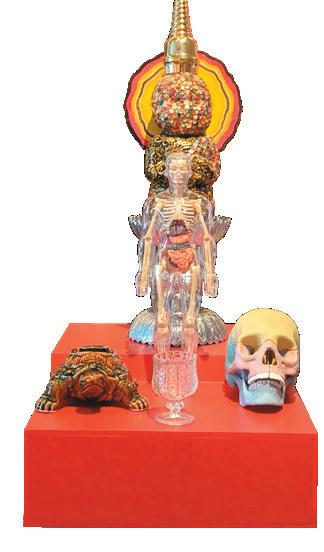
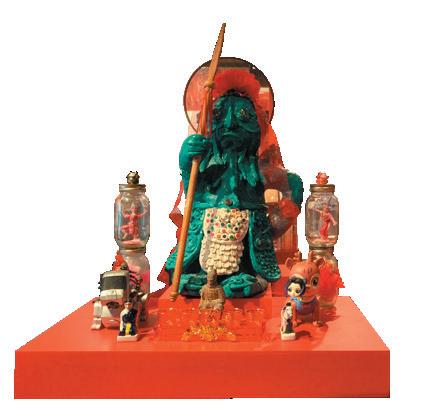
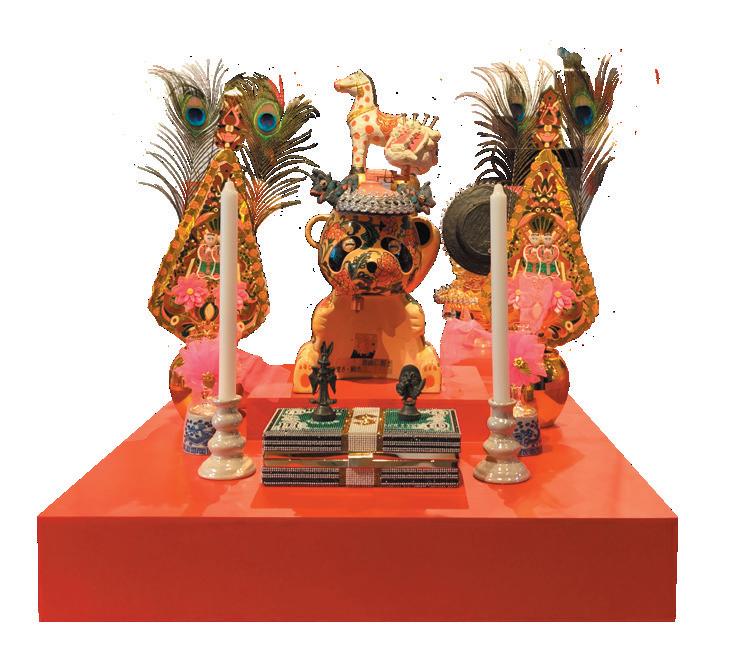
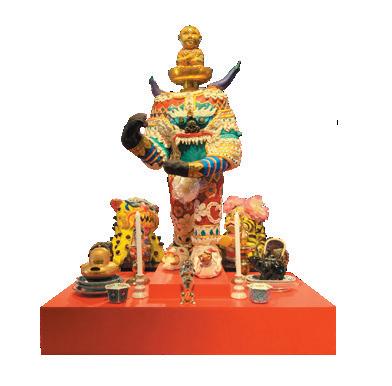
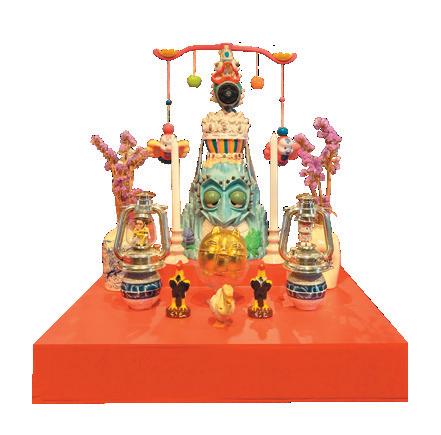

ALTAR: REAL & IMAGINARY
ARTIST Pornwipa Suriyakarn (Tangchare)
FIRST PUBLISHED June 2025
EDITORIAL & DESIGN Serindia Studio
© Copyright 2025
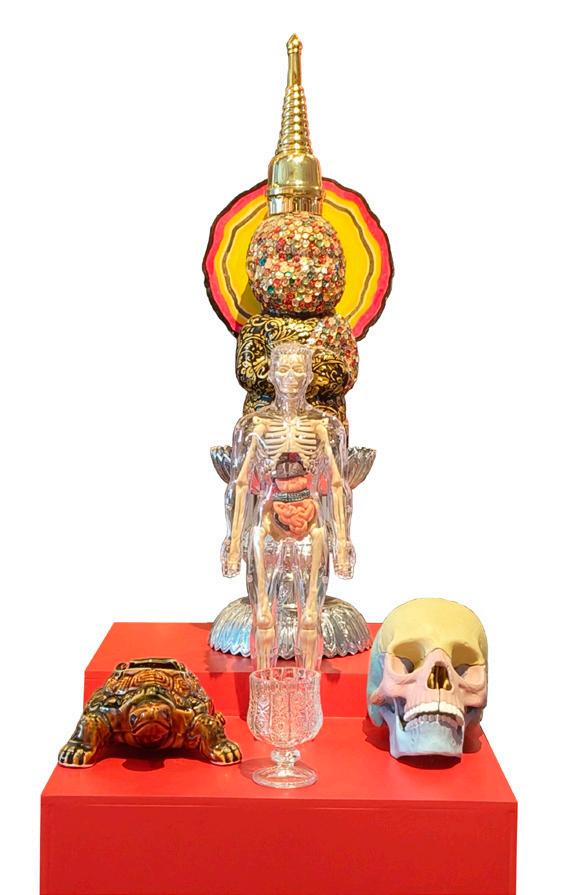
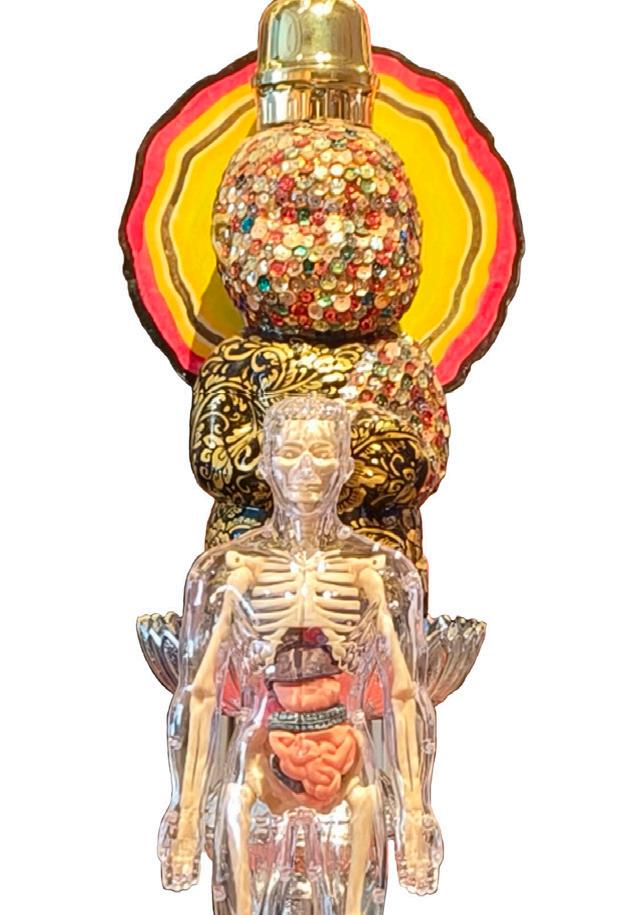

ALTAR 1

THE BODY AND ITS FRAGILITY
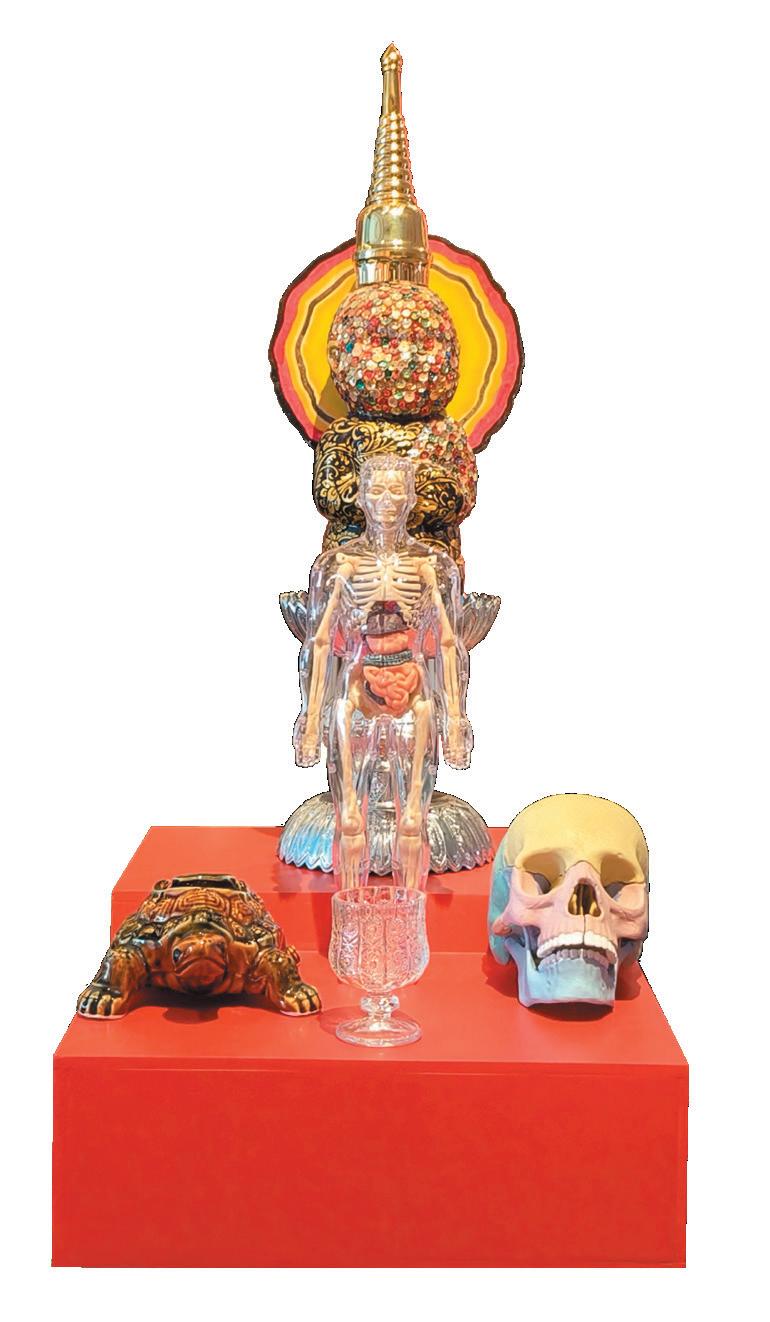
Theconcept of this altar is the awareness and respect of the human body. The body is not just a biological construct, but it is an instrument of life, of pain, and of healing. The model’s transparent skin allows us to see the inner workings of the body, as if to expose the unpleasant machanism of truth that is not appealing, yet we all have to face.
The skull and the turtle symbolize the death and the living. The background piece was fabricated to mimic the silhouette of a Buddha statue, to remind the viewer of mindfulness above fear of decay. It is ritual act, pausing the viewer to ponder about pain, beauty, uncertainty, and the sacred.
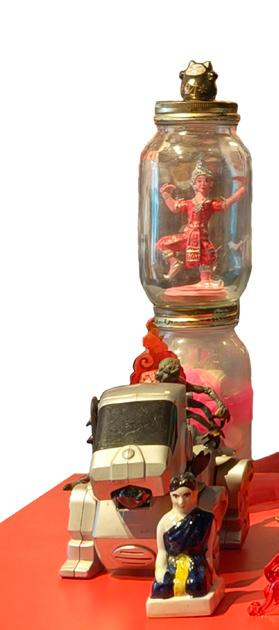
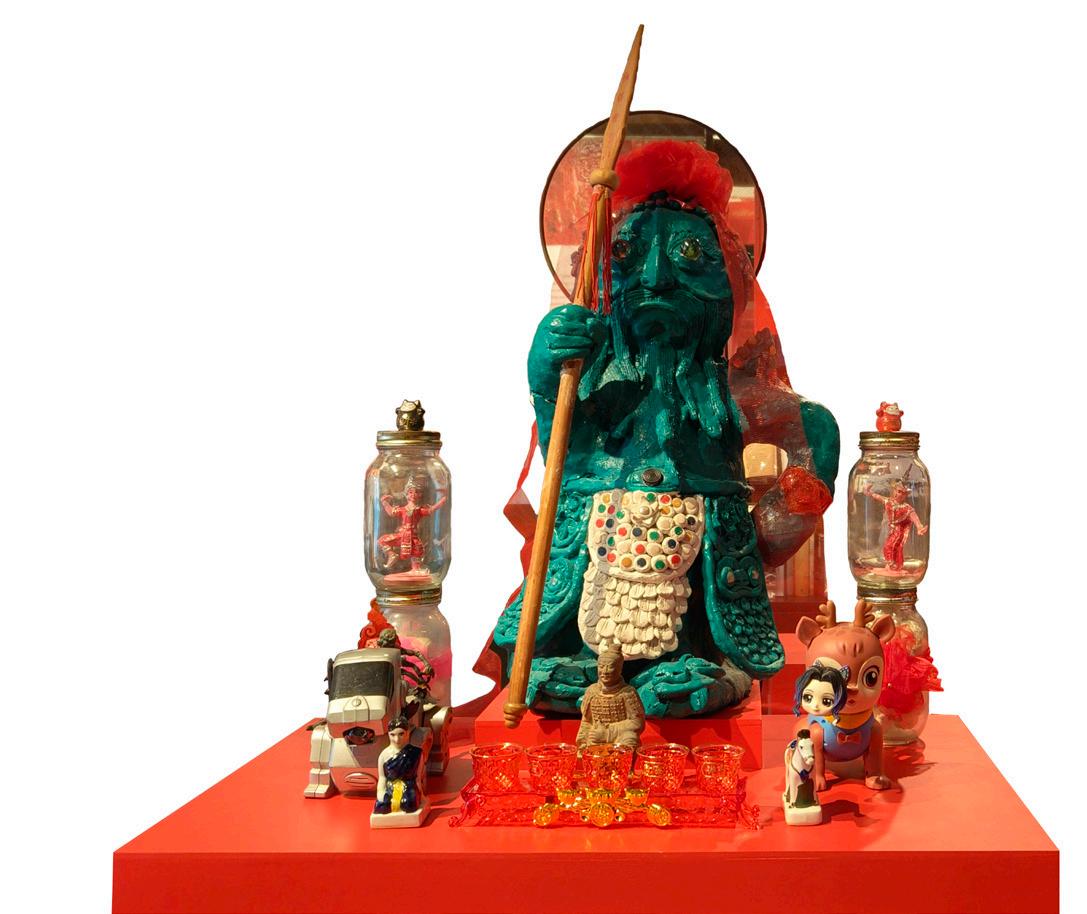
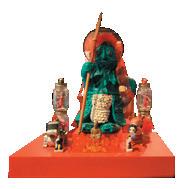
ALTAR 2


Thegroup of a colorful plaster sculpture, together with the small toy dolls, beads, model figures, is inspired by the Chinese stone sculptures often found at Bangkok’s temples. They are guardians, symbols of protection.
The fierce, standing sculpture holds a long spear, in a ready pose to defend, not only the physical realm, but also the internal memories and identity.
The altar does not act as a warring ground, but a reminder of memories of bravery. The soldiers and other dolls, the pop mascots, are the contemporary fighters, not for mere decoration, but a tribute to the power of protection that surrounds us.
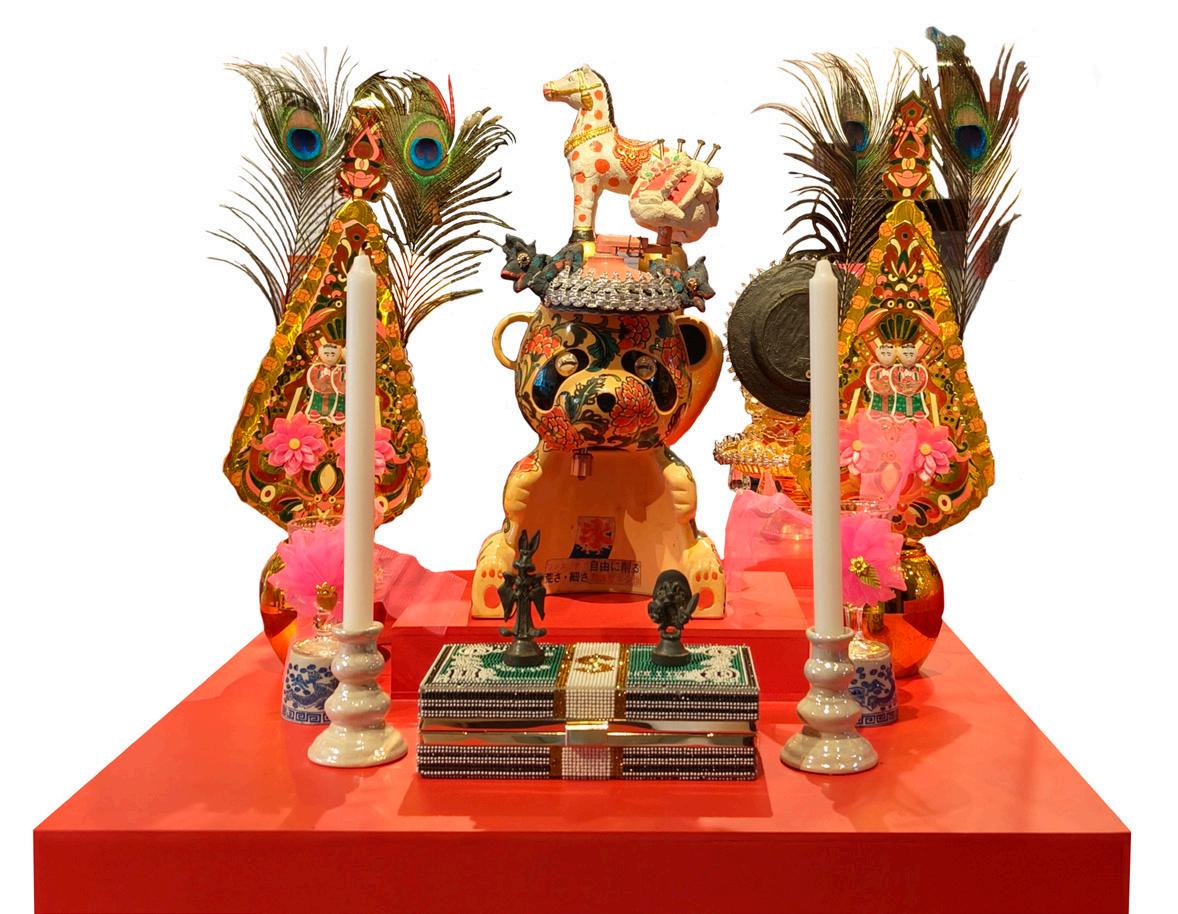

ALTAR 3

AND CURRENCY
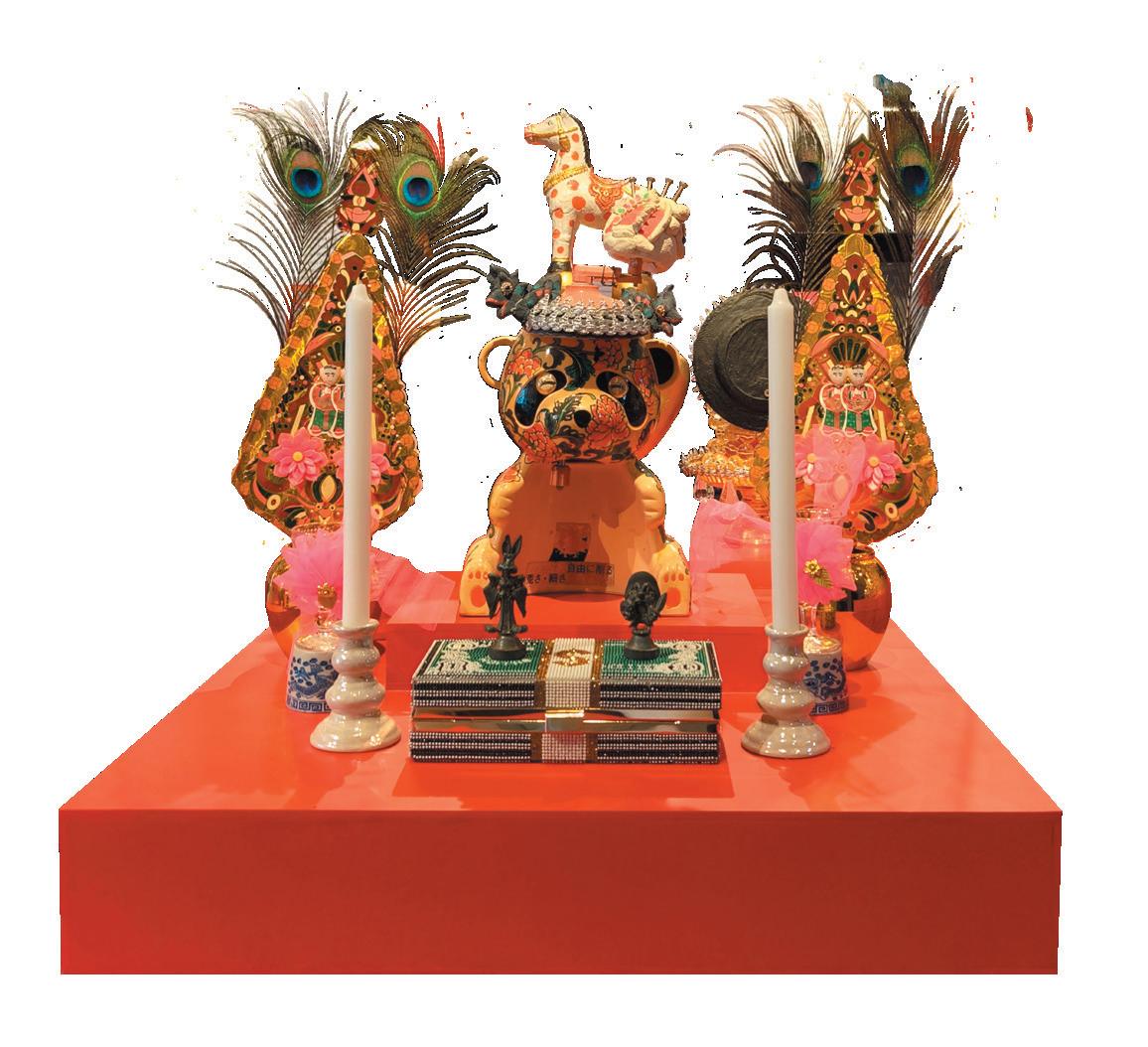
Two of the fundamental necessities of contemporary life are shelter and money. In terms of functions, they are sacred.
Shelter could symbolize family warmth, safety zone, place to sleep, or could be a grand symbol of life’s success. Just as money could. We worship them, either consciously or unknowingly.
The altar is a mixture of sculpture and traditional altar pieces. The bear and its embrace provides a luxury shelter. Golden flowers along with the white candles flanking a stack of cash complete the ritualistic message — a worship for wealth and stability.
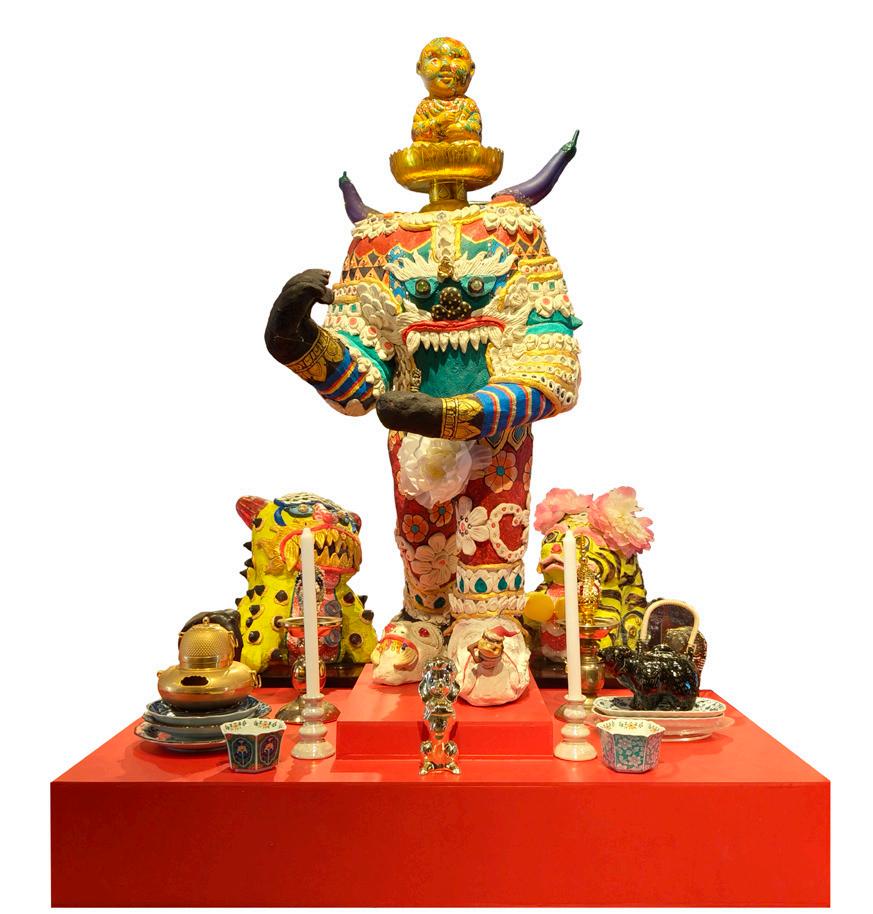

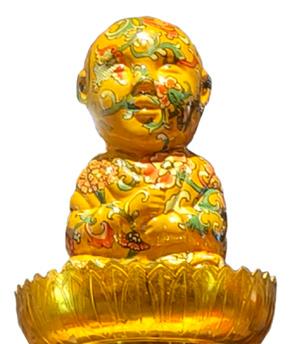
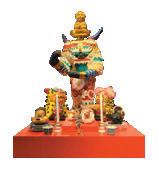
ALTAR 4

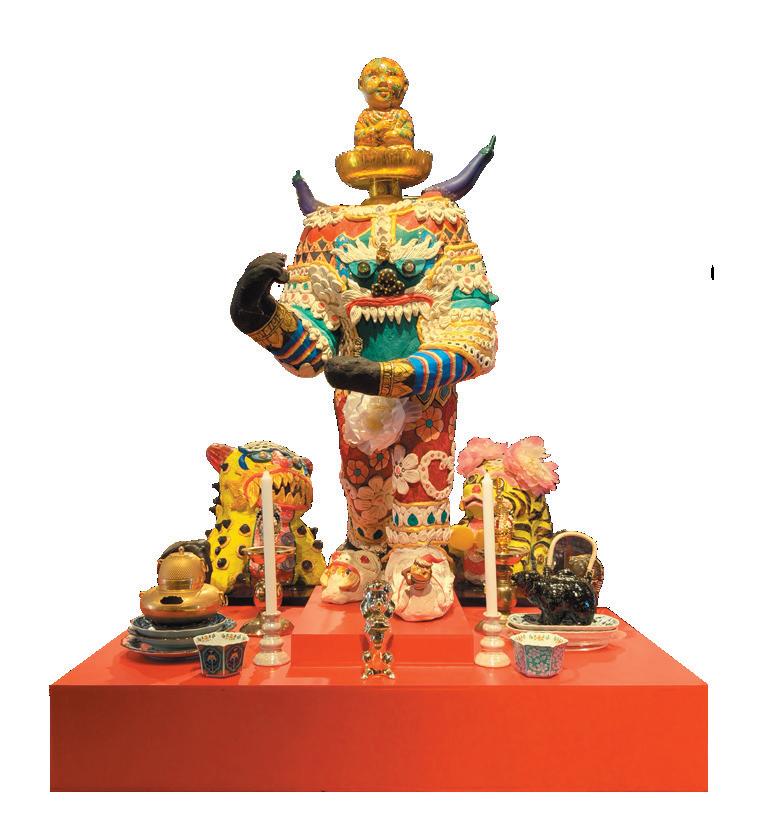
DVARAPALA OF THE HYBRID AGE
The centerpiece of this altar is inspired by Dvarapalas, the door guardians who have a variety of manifestations. In Chinese style, he assumes the form of a warrior with long beards, guarding against bad things from entering the door, drawing lines between the good and the evil. Physically it divides the earthly and the sacred.
The Dvarapala sculpture is oversized and surrealistic, with a monster body, clad in vivid colors, exuding preeminence and humor in contrast. Above his head sits a monk figure on a golden base, centering and emanating the power of the ceremony. Surrounding him are offerings, animal dolls, incense, elephants, a lion and a mom (a sacred hybrid animal). Together they constitute auspicious objects for a ritual, placed harmoniously in a common setting often seen in a spirit house arrangement.
Rather than chasing away intruders, this Dvarapala performs an invitation to the viewers to “cross the threshold into contemporary beliefs” that have no answers. Yet, the beliefs open doors to new faiths that are full of imagination, rituals and a mix of contemporary art and folk beliefs.
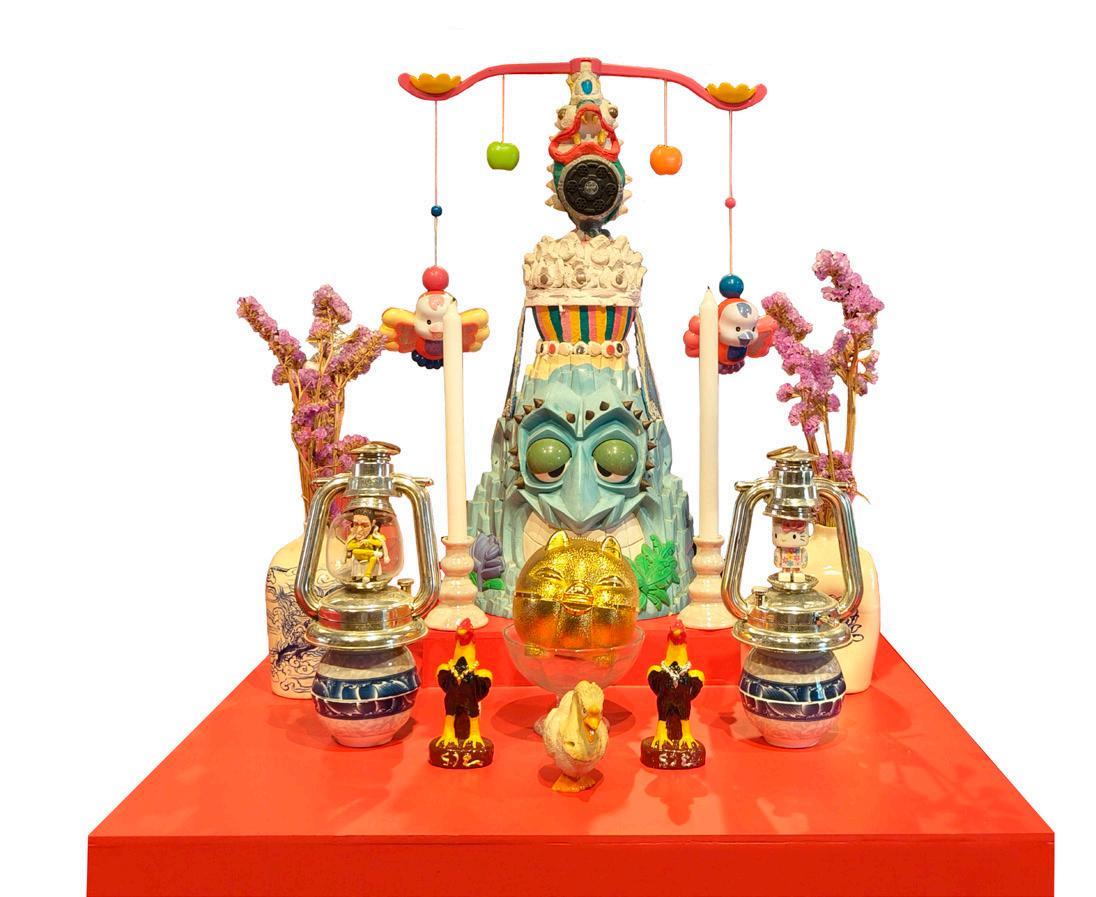
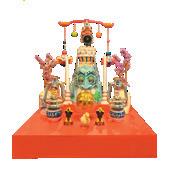
ALTAR 5

THE WATER SPIRIT
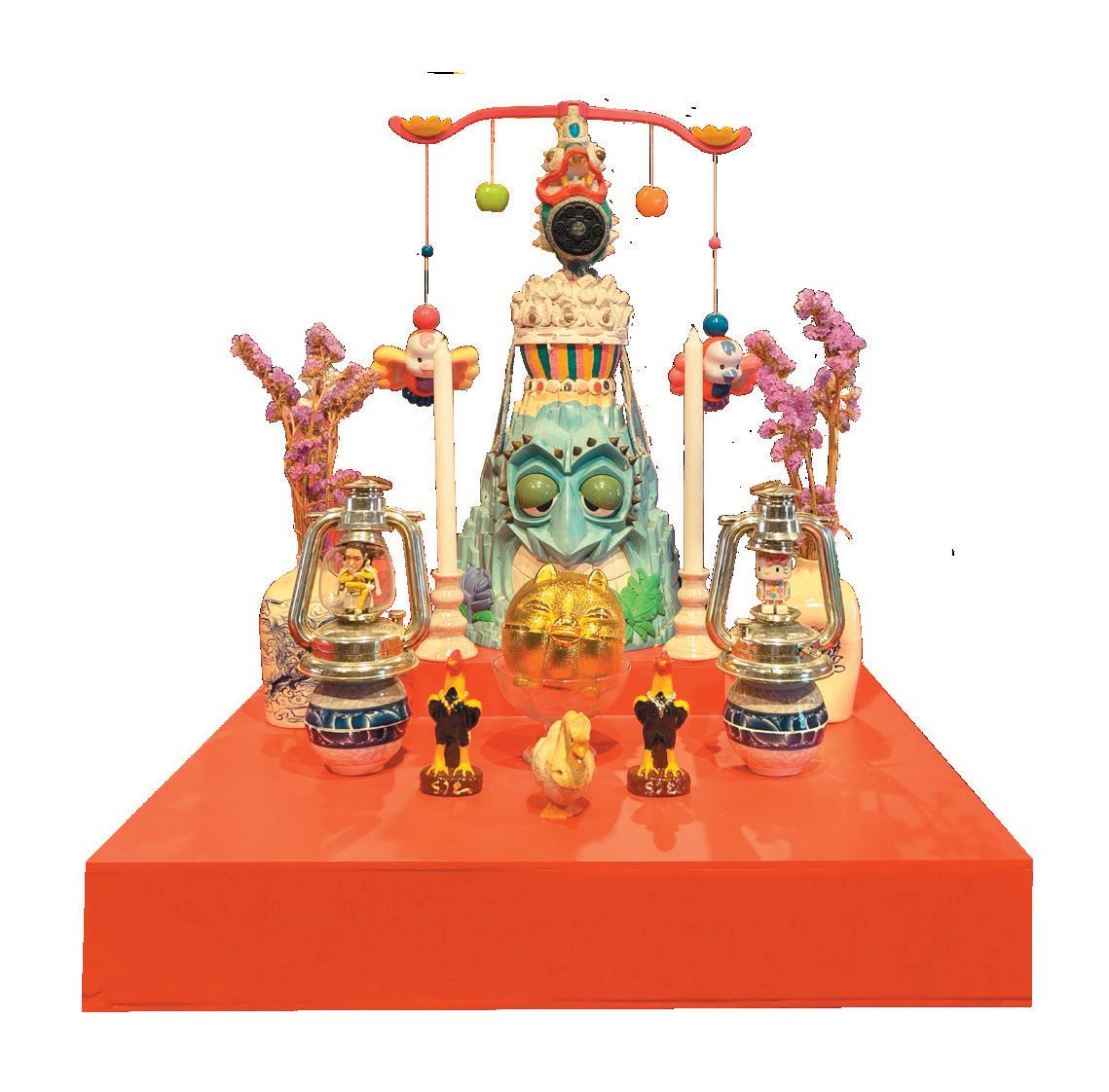
Water, a life essential, is a giver, a cleanser, an agent of change. In Southeast Asian contexts, water has a spiritual meaning. A channel for spirits. A symbol of revival and release.
This altar worships water as a symbol of contemporary sacredness, represented by the naga (a serpent spirit). The head of the naga was made with an old showerhead, symbolizing the washing away of not only the body but also the memories and forgotten objects. Other toiletries became instruments of the water flow…not as drips or streams, but a flow of hidden power in the ritual items as well as our way of seeing. This altar is not made for the god; it is made for the overlooked. Just as water is taken for granted, yet it is sacred.
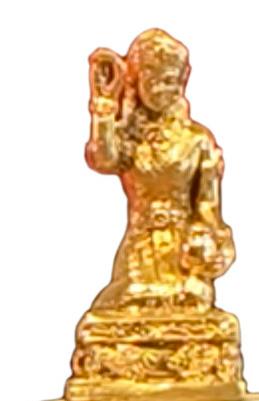

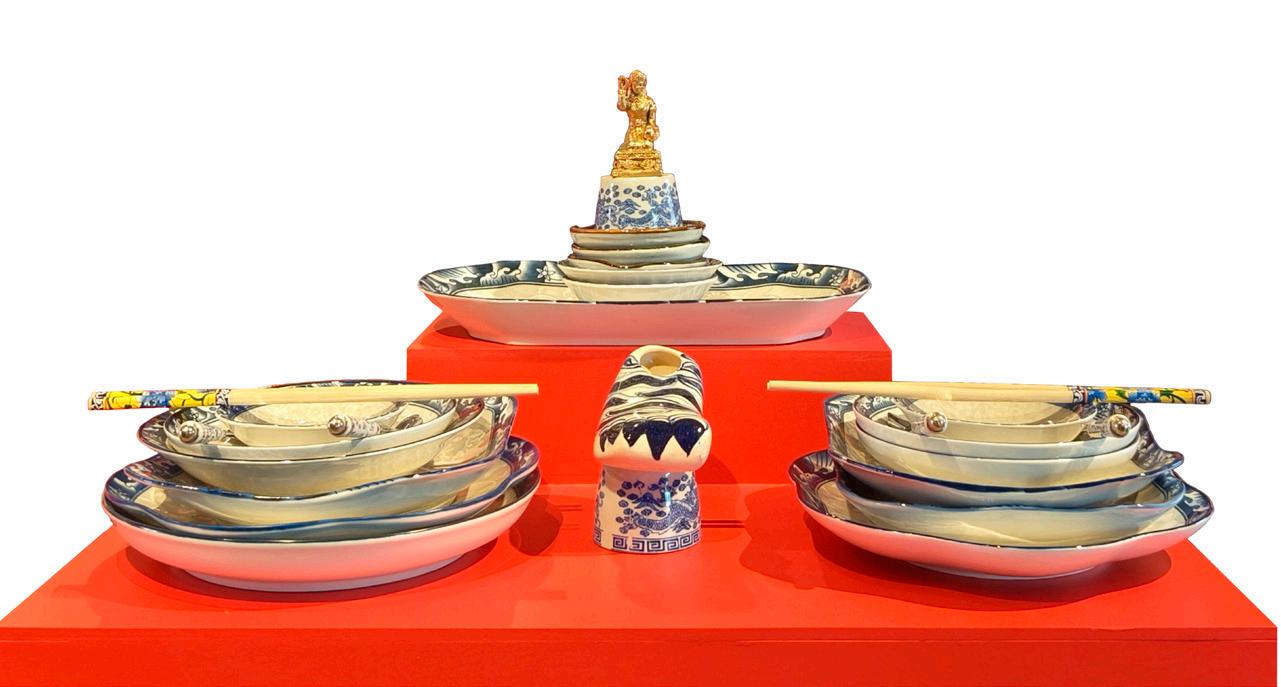
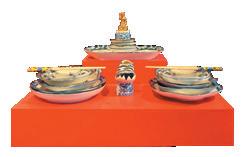
ALTAR 6

AUSPICIOUS UTENSILS
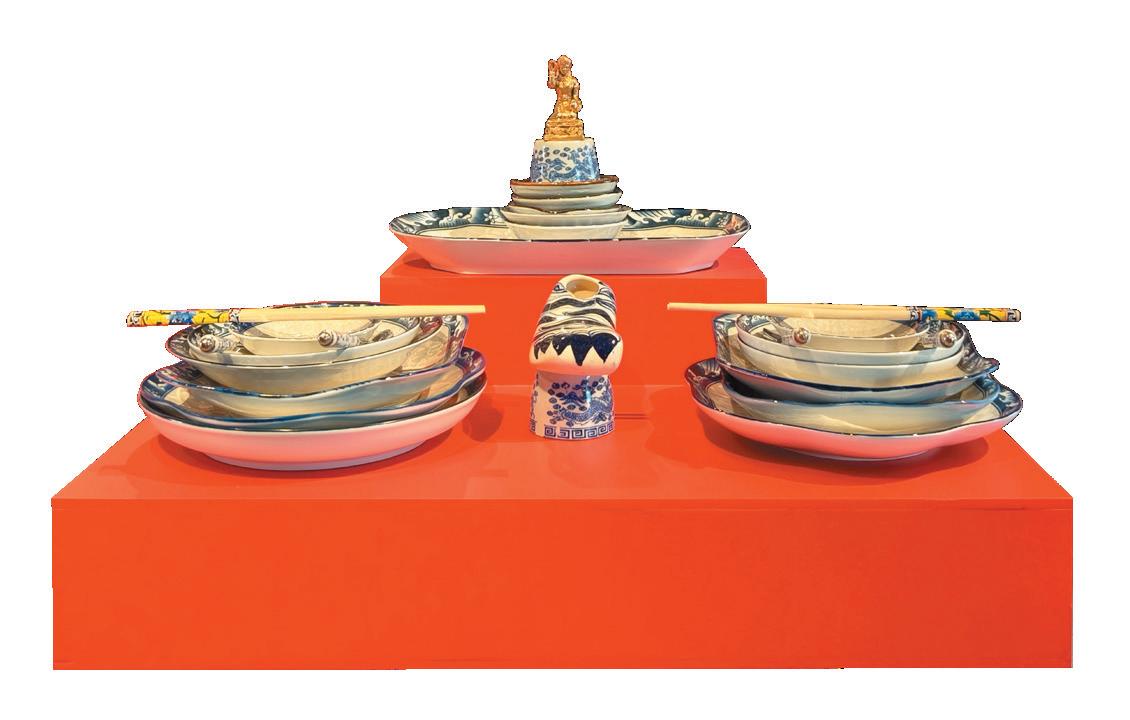
“Nang Kwak”, a symbol of the “inflowing of customers and cash”, is commonly seen in shops and small businesses. A figure that brings wealth to the working class, especially in the retail business.
Porcelain Tiger feet symbolize the power of the sacred animal — the tiger, as an able merchant who roams the shops, talking and taking care of customers.
Plates, bowls, spoons, and chopsticks — arranged for a ritual feast for the spirits to bring good fortune and “the next meal”.
All of which make up for a common altar arrangement often seen in Southeast Asia and China; a miniature temple altar setting that is part of a ceremony of hope that needs no rituals. Seeing this altar already put the prayers in motion, for a constant “influx of everlasting abundance”.
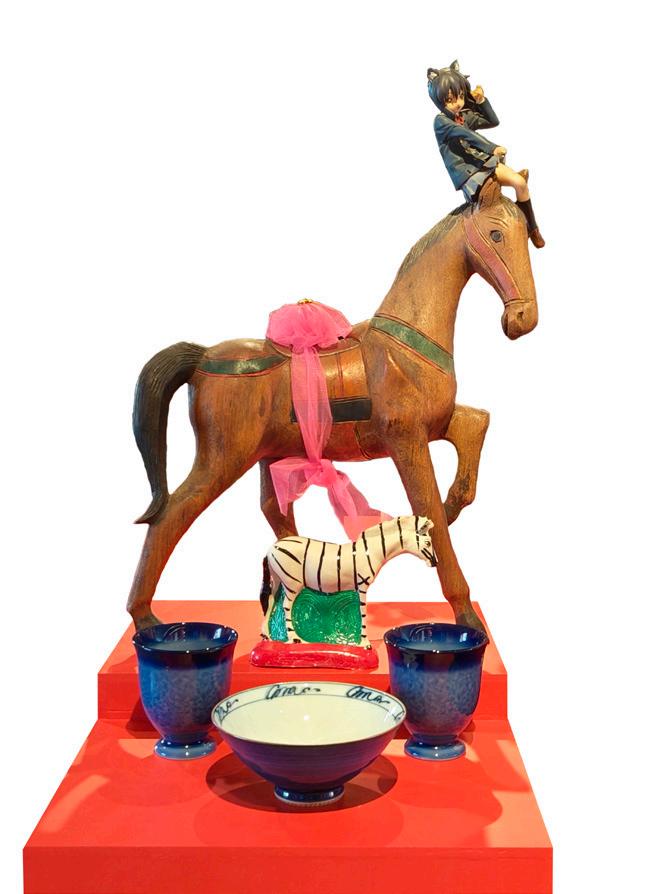
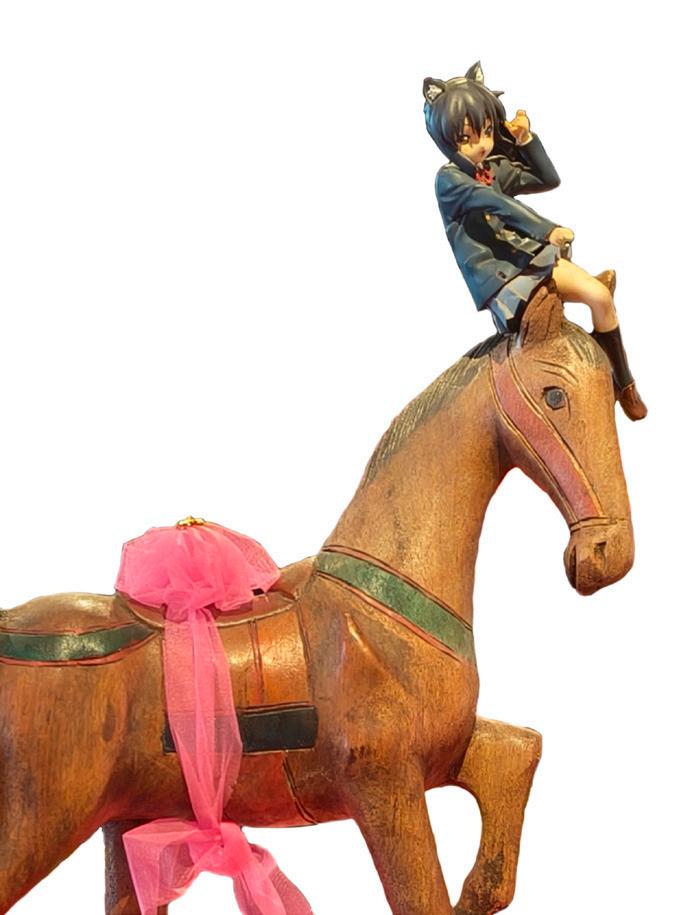
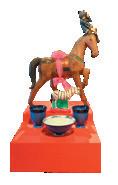

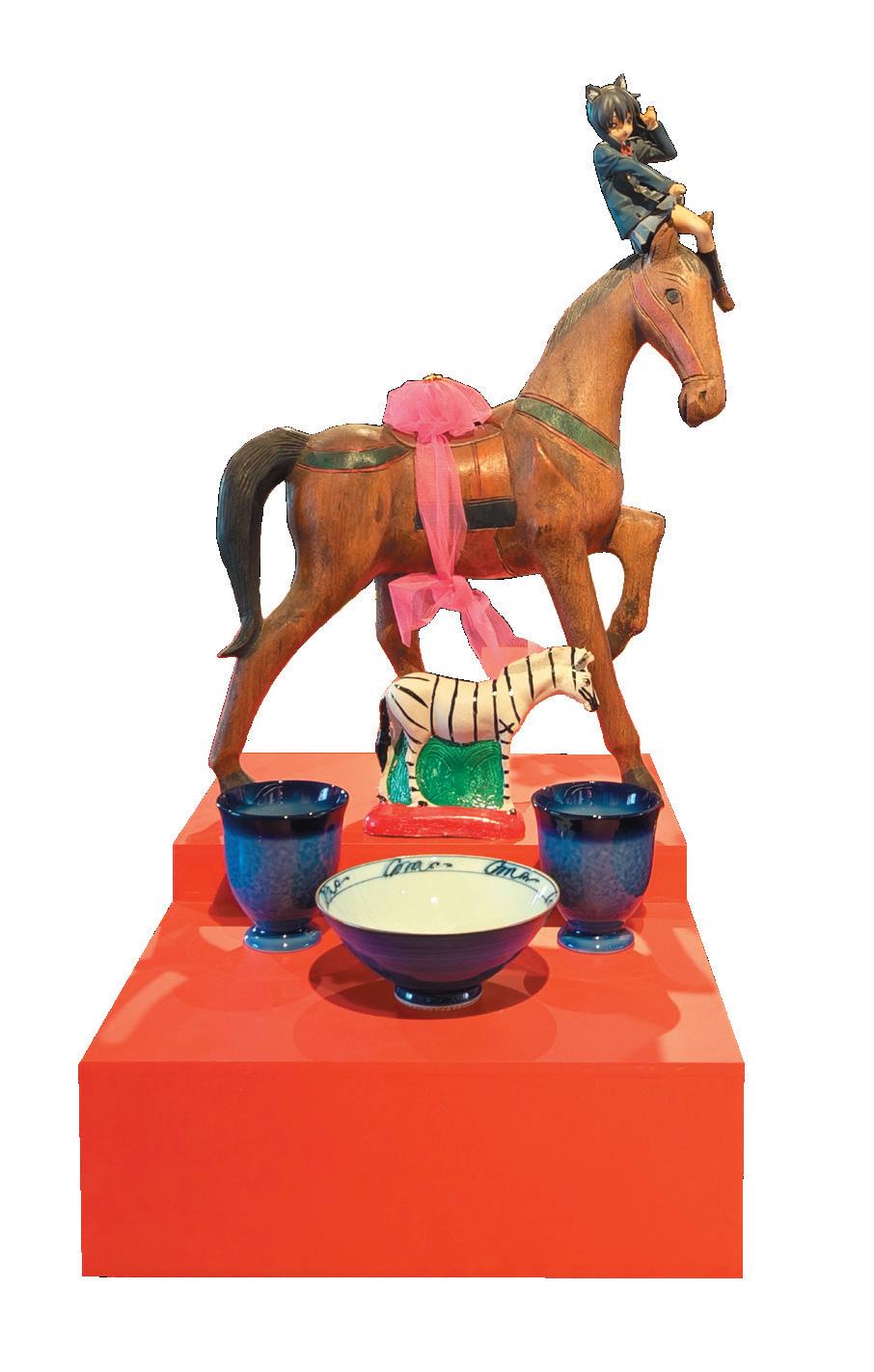
VEHICLE SPIRIT-GODDESS
“Mae Ya Nang” is a local goddess who protects vehicles i.e. cars, or any transportation that brings one safely to the final destination.
As a vehicle for kings, warriors, travelers, the horse is chosen as a symbol of the journey, both physically and spiritually. The girl on the horse is a contemporary anime character, a reinterpretation of a modern “Mae Ya Nang”. She may just symbolize an imaginary spirit who controls a destination that has never appeared in any tales or maps.
Cups, bowls, and the zebra represent the ritual not only imploring for the physical safety but also worshipping one’s determination and desire to complete a dream destination — a journey that could only be carried by one’s faith.
One then begs the question: Who controls our journey — the horse, Mae Ya Nang, or our own mind?
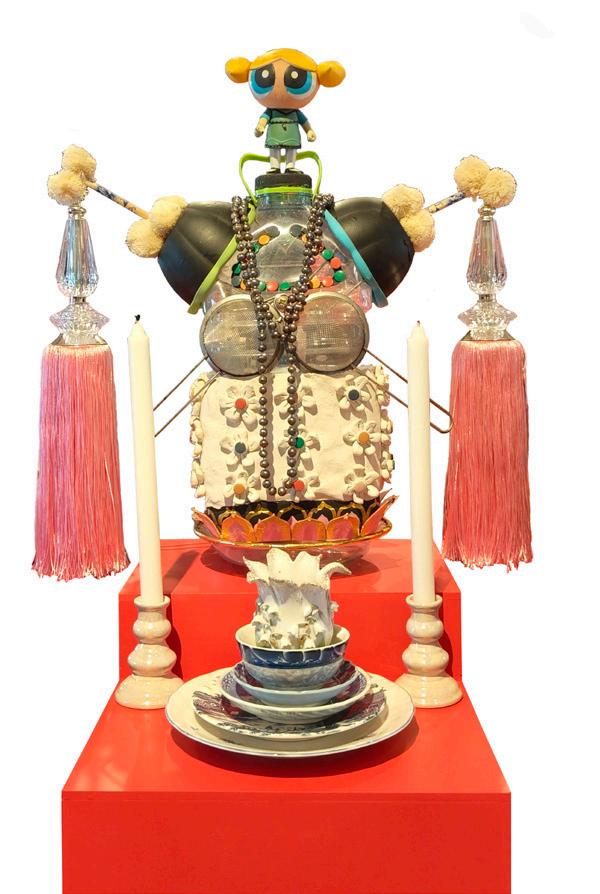
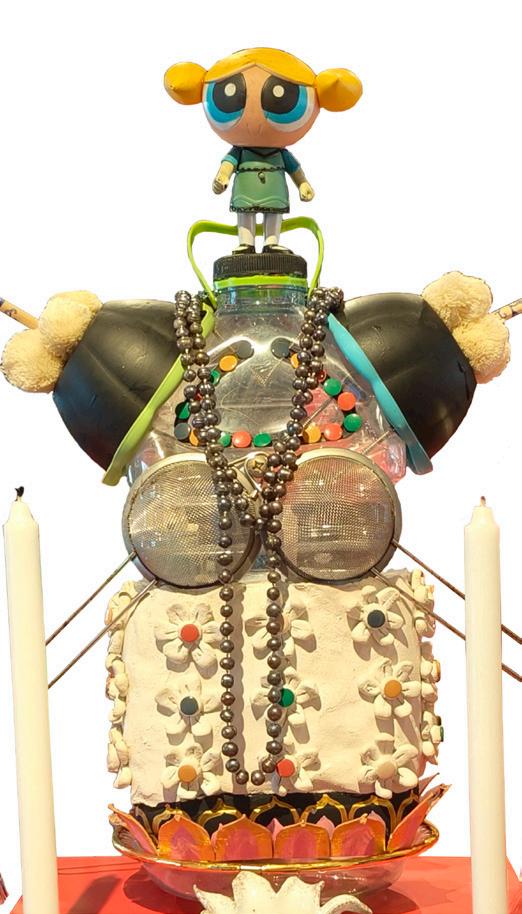
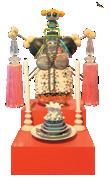
ALTAR 8

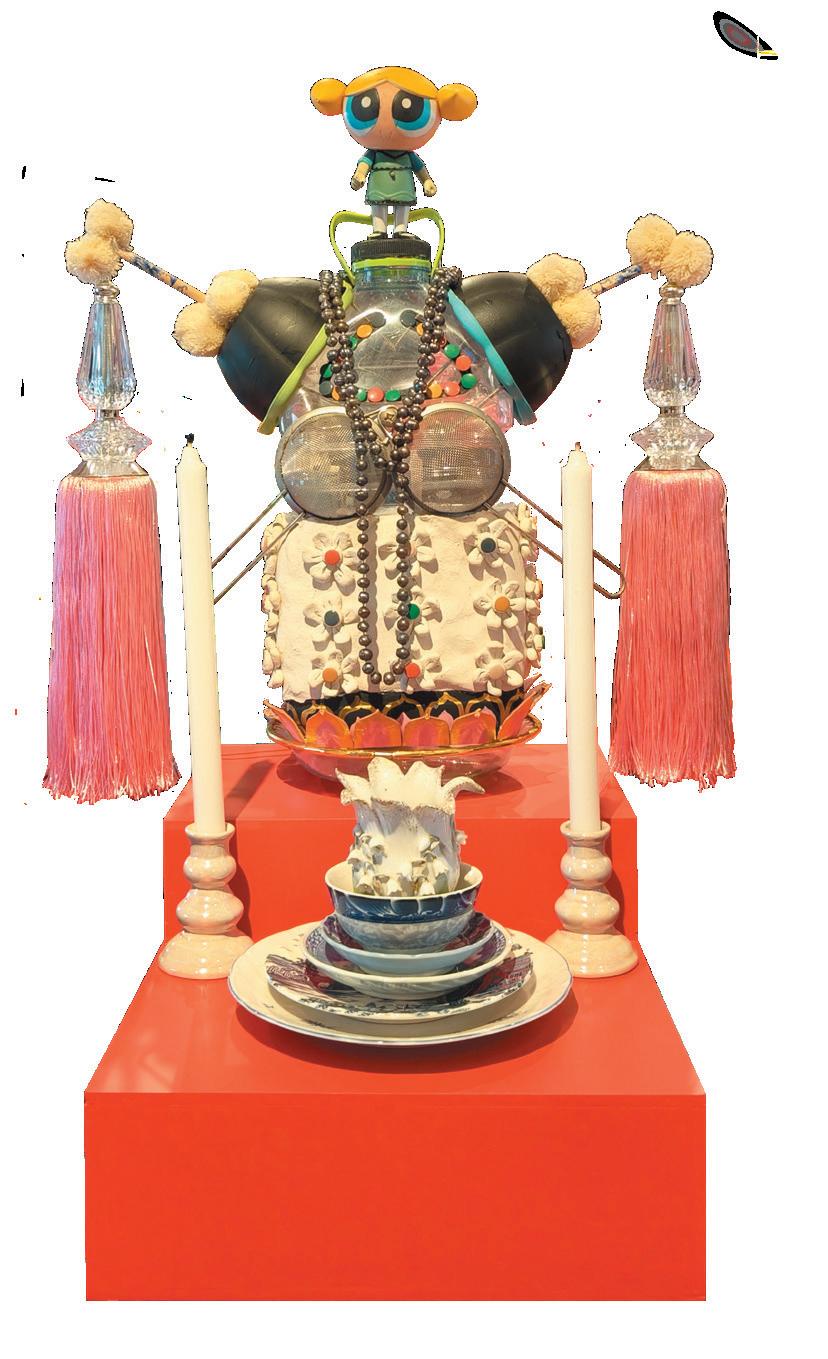
GODDESS
The Goddess altar worships the power of women who endure the world change, diversity, and uncertainty.
A devi or chao mae (in Thai) likeness here is inspired by traditional Chinese Goddess such as ‘Lin Gu Niang’, but is reinterpreted alongside popular culture, waste materials, and discarded dolls of the Powerpuff Girl, to question the image of a revered woman in modern society.
Despite being put together from lesser materials, not high culture, the altar’s sacredness remains. Here the artist reflects the beliefs in women’s power through tenderness and the excesses of contemporary world.
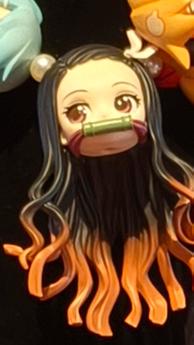
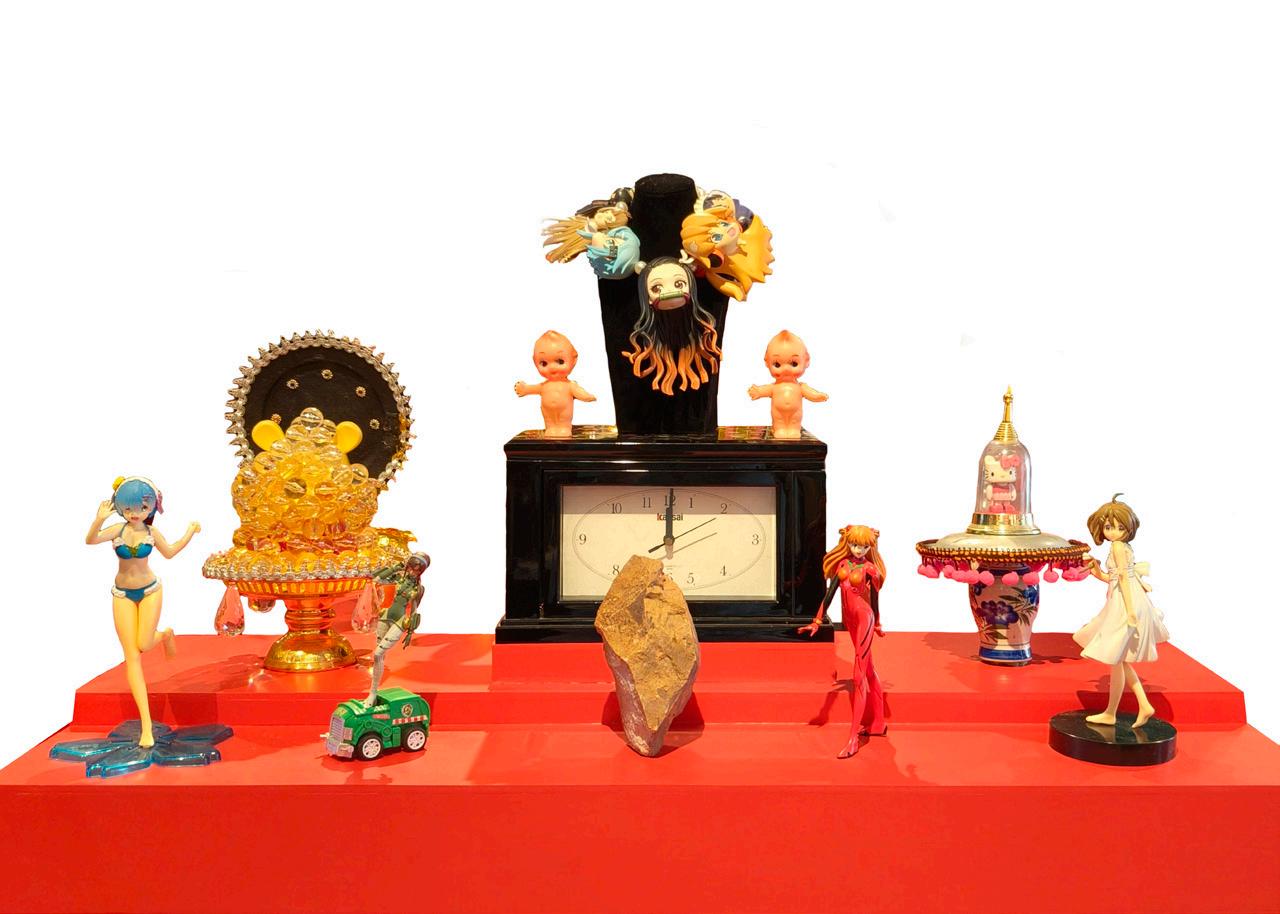

ALTAR 9

TEMPORAL IMAGINATION
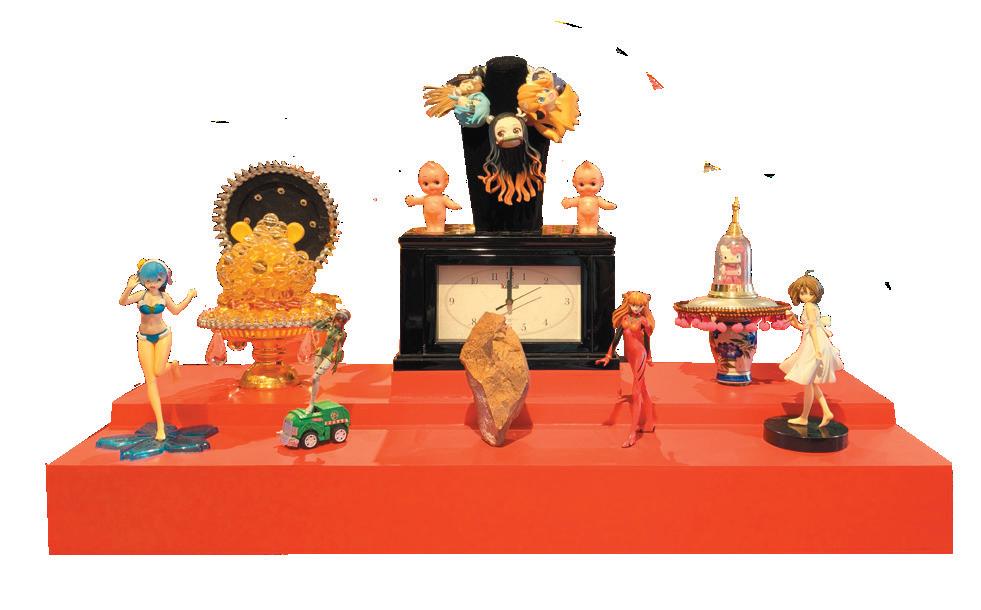
This altar is built as a tribute to anime characters and to the desire to bring them back from memories. These anime characters were arranged as if they were statues of gods and sacred implements.
Baby dolls, robots, astronauts, and even the stone, are placed to symbolize the characteristics of softness and strength as if they are “culturally sacred objects” that people hold on to form their identities. The clock symbolizes times passed that could not be reversed. Memories are frozen in images that only exist in an imagination.
The anime world represents a form of escapism. We escape to the imaginary world when the real world is difficult to bear. Time is the truth that we face. So, what do we worship — the truth or the imaginary?
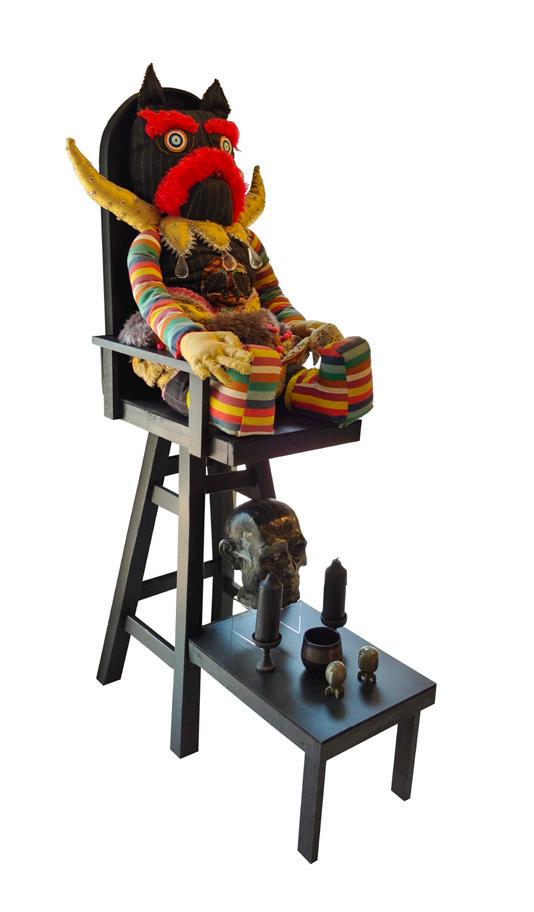
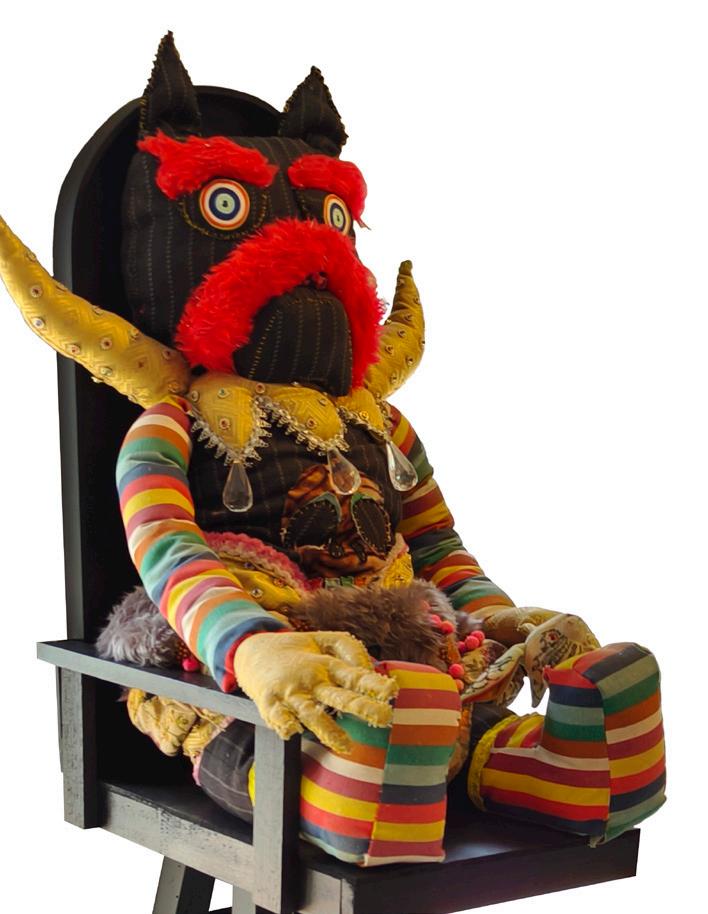


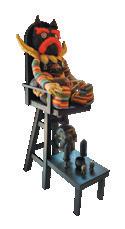
ALTAR 10
GOD OF SHADOW
This altar celebrates the “god of shadow”, who resides in the dark corner of your heart, in your memory, representing fear, loss, and other life’s injuries.
The God of Shadow sits on a high chair, silently observing. Despite its soft, seemingly harmless clothing materials, the statue possesses attributes of fear — bulging eyes, red eyebrows, mouth shut as if having swallowed up the confessions. Other pieces that make up the body are as varying as the fluctuating emotions, childhood fears, and hidden feelings.
Just below is the dark arrangement that includes a black skull, a pair of black candles, and other utensils for rituals that uncover the silent memories…a dark shadow unforeseen.
The black skull represents the death of oneself. As the shadow grows larger, the more vulnerable one’s life is.
Candle flame ignites hope. When the black candle is lit, darkness is lifted as if accepting the shadow of life. It is a ritual within our own spirit to communicate with the hidden.
The miniature bombs represent the destruction power from within us. As the dark shadows grow, the silence within is filled up with pressure, leading up to an emotional explosion.
The sheltered position of the dark skull arrangement signifies what one chooses to keep underneath the surface…. what one chooses to hide. The God of Shadow is neither a heavenly god nor a demon god, but a dark shadow within us, hiding, waiting for an explosive release if it is not recognized or surrendered.
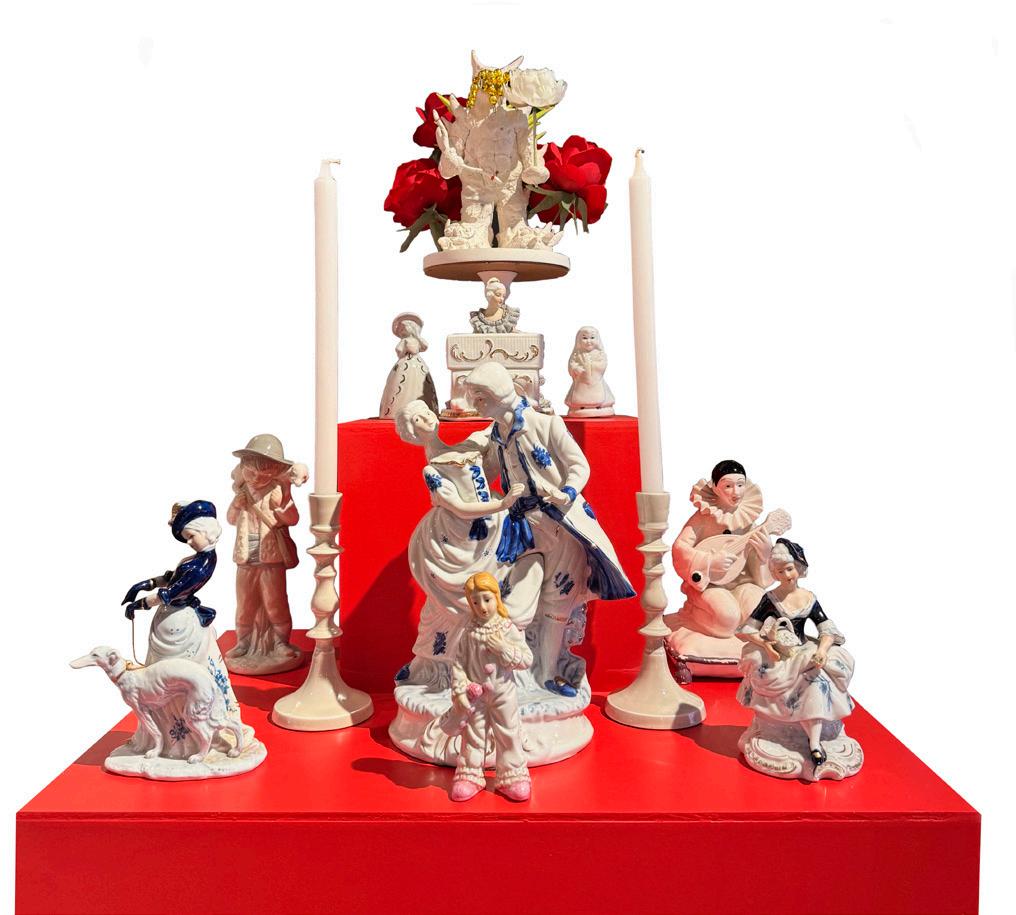

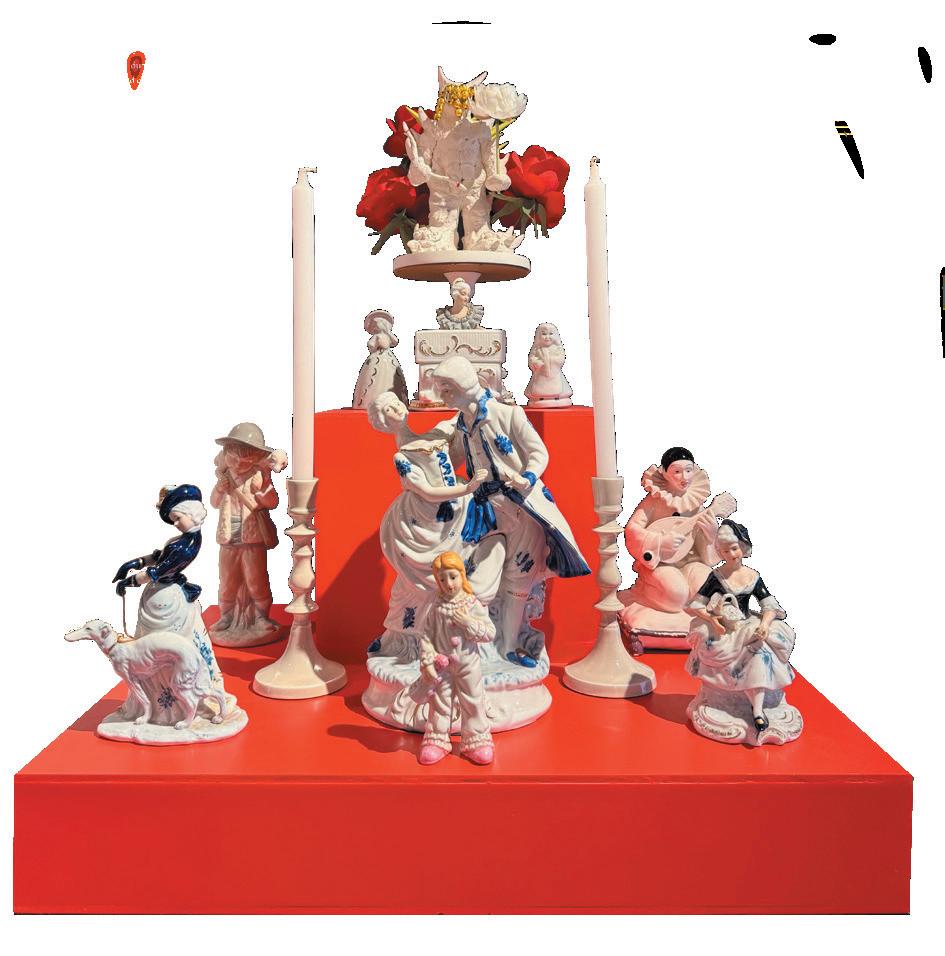
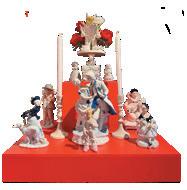
ALTAR 11 รัก LOVE
Love is multi-dimensional. To idealize love in a beautiful, romantic way, Tangchare uses English porcelain dolls, and its smooth and enduring characteristic properties as the representations. Arranged in altar setting, the dolls portray a merry couple, their family scenes, illustrating the intricate loving relationships, elevating the ideal of “love” as sacred. The candles invite the spirit of lost or past loves that may have foregone in the modern speed of life.
The Love altar not only speaks of love of a couple, but also the intricacies of relationships and memories that one seeks and dreams of.
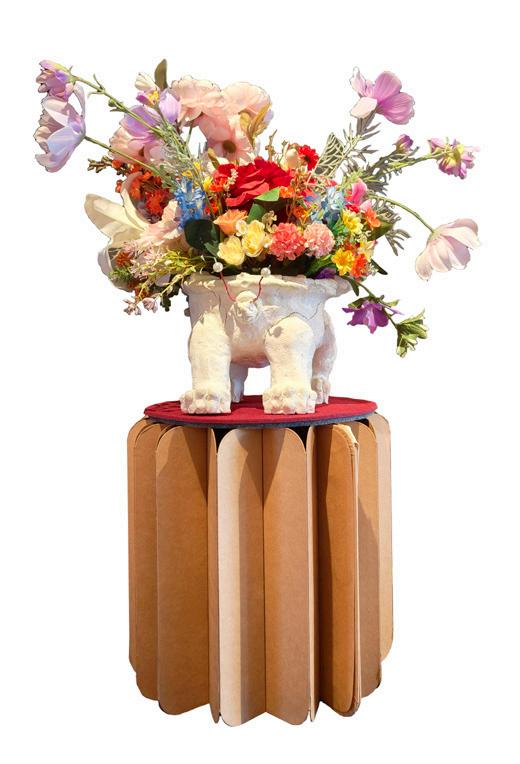
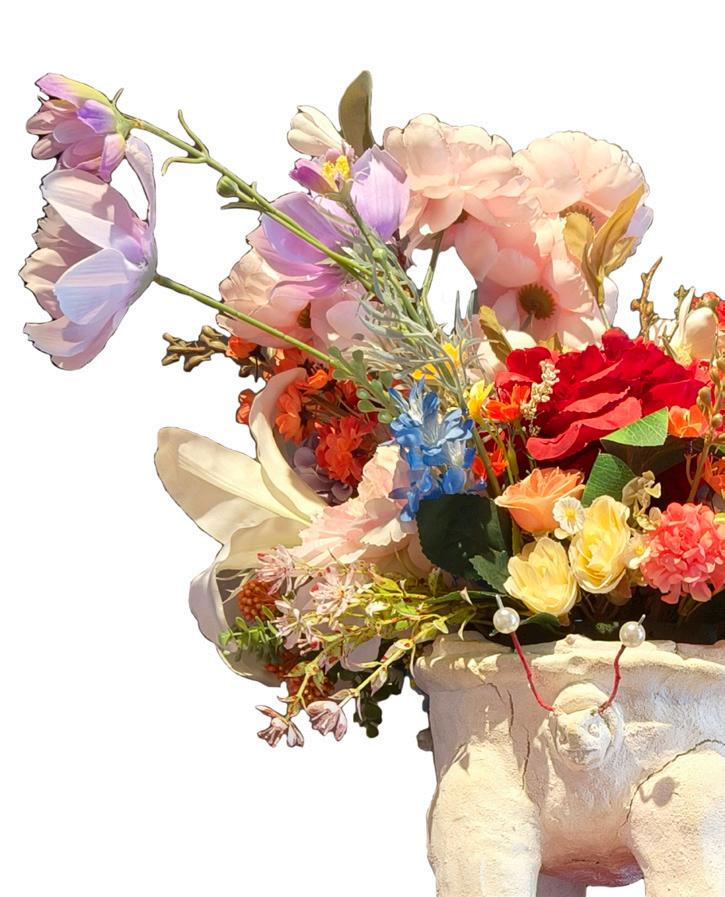
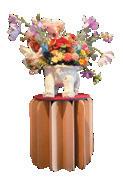
ALTAR 12

THE TURTLE AND THE BLOOMING SPIRIT
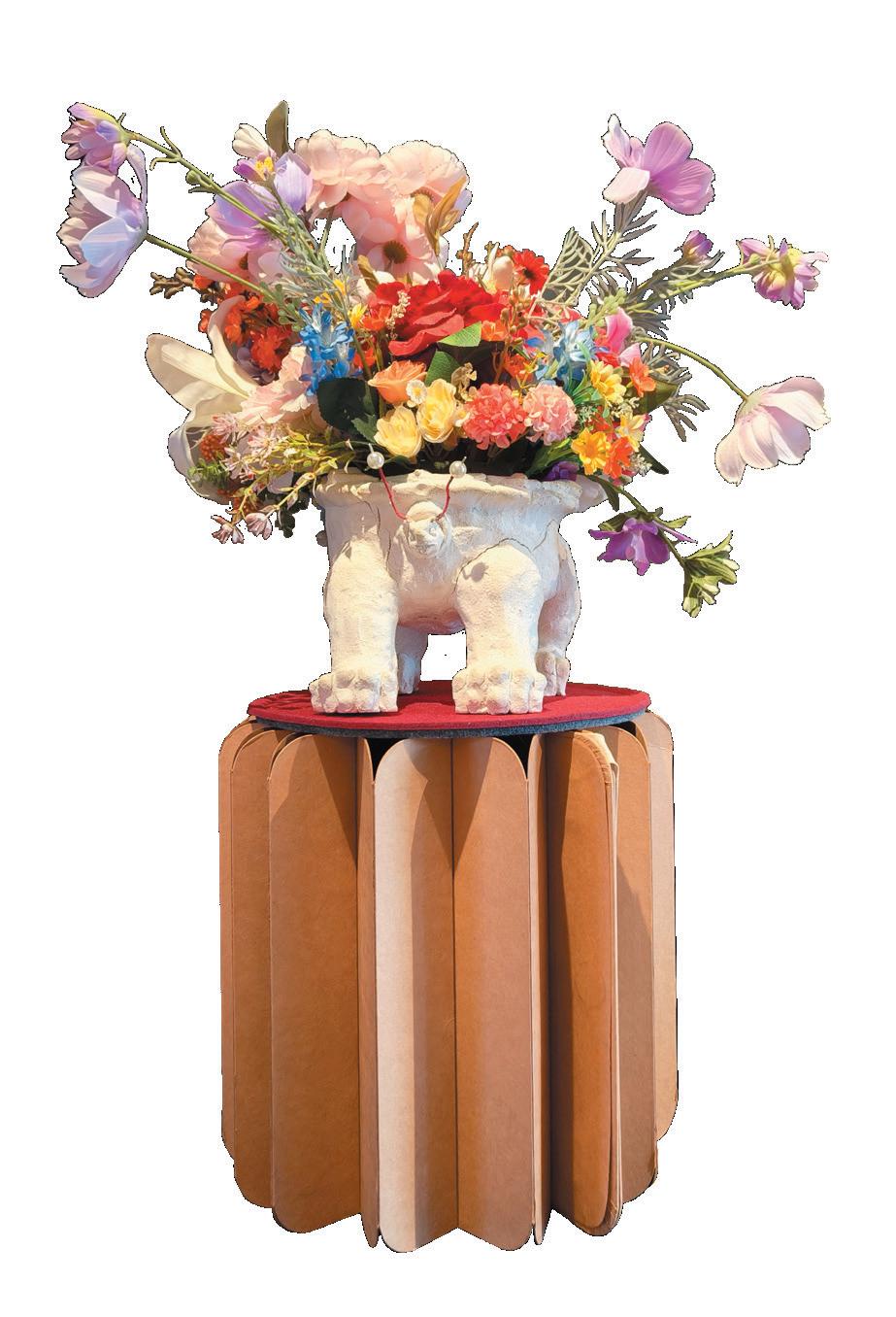
In Thai beliefs, the worshipping of “Phaya Tao Ruen” or the “Bodhisattva Turtle King” (a bodhisattva in a form of a turtle) brings good luck and fortune. In Chinese beliefs, a black turtle represents luck, happiness, and love life.
Tangchare sculpted the form of a turtle in traditional plaster cast, giving the turtle a new visual dimension that it is not just an auspicious charm, but a life vehicle. Flowers blooming above its shell signifies biodiversity, vulnerability, and change.
The juxtaposition between a solid, heavy turtle and the light and fleeting moments of the flowers draws a contrast to a worship to life’s contradictions and embrace. In the stillness of the passing time, the flowers blossom in strength.
IN the world where beliefs are diverse and ever-changing, what do you place on your altar as sacred objects of worship?
at The Kolophon Library
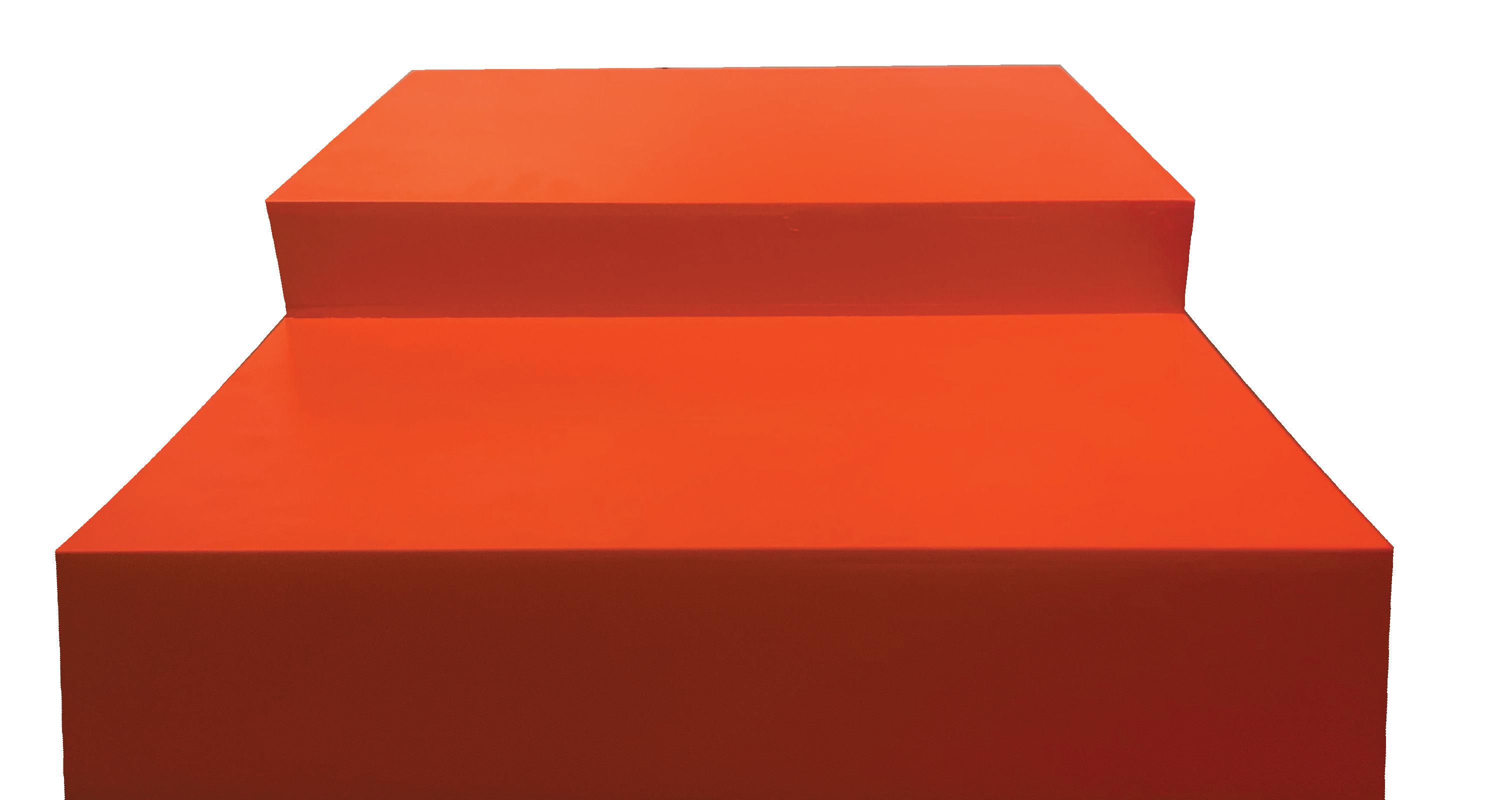
Level 2 Central : The Original Store
